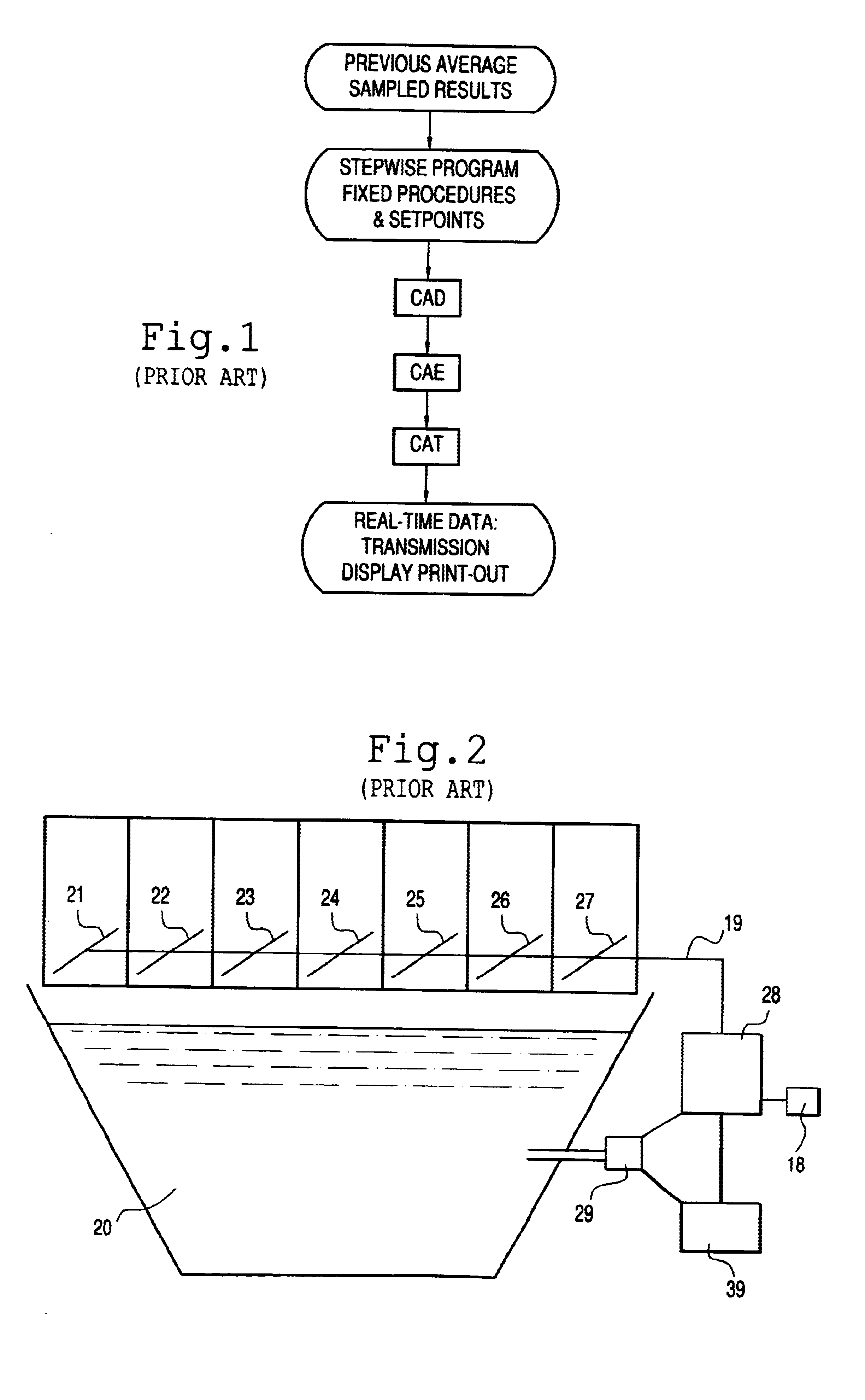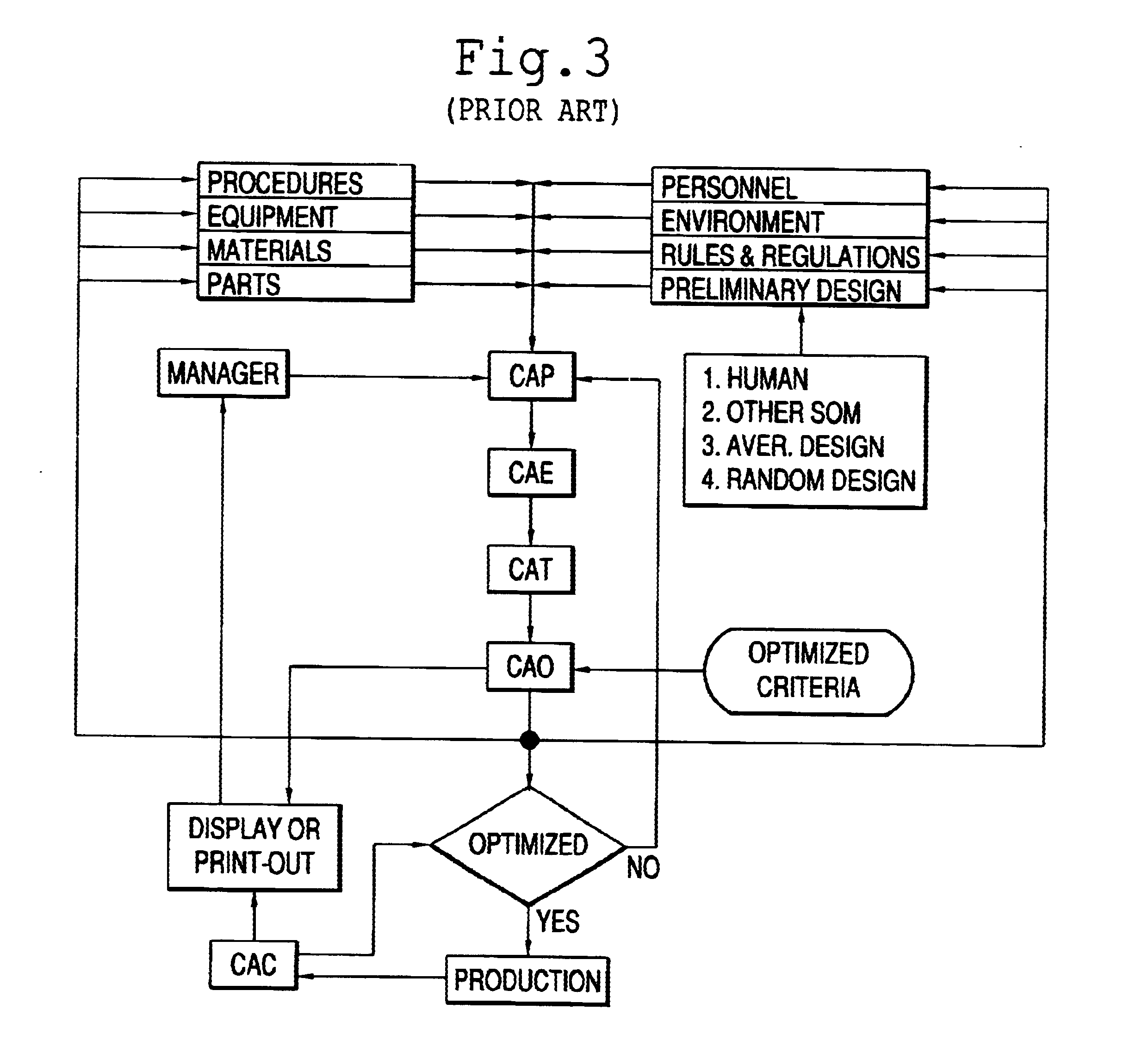All these systems are extremely powerful.
Inherent are errors due to the various samplings, assumptions, or extrapolations, and repeated human interactions.
These knowledge bases are often incomplete, inaccurate, biased, erroneous, out-of-date, and too generalized for use in a particular
automation task with a specific combination of equipment, procedures, materials, parts, and environment.
Detailed knowledge bases on modern technologies are particularly lacking.
Even many old yet important technologies are not fully understood.
Even the controlling variables in each phenomenon are often not known, and certainly have not been thoroughly studied.
Yet time is running out in this highly competitive world.
For example,
system dynamics of modern processes and equipment are generally ill-defined.
After millions of controlled
welding experiments, the critical
welding variables cannot yet be even identified among the very many possible.
In the case of the new high-temperature
ceramic superconductors, the samples often are still hard to make, shape, purify, reproduce, isolate, stabilize, confirm, or even determine compositions.
Without reliable knowledge bases, the usual
automation specialists would be at a loss in selecting the few among many manufacturing or servicing phenomena or variables to be controlled, in formulating the
system dynamics models, in setting up the control equations, in determining the control constants, and in specifying setpoints for the control variables.
The fragile and unreliable knowledge bases often give only partial or invalid
system dynamics models, oversimplified control equations, and inexact or misleading control constants.
In addition, all the setpoints are too arbitrary and round-numbered (e.g., 800.degree. C. and not 796.768.degree. C., 3 feet per minute, 20 gallons) to be possibly optimal statistically.
Further, the optimal setpoints cannot, by definition, be constant, as is assumed in present automation systems, but must change with variations in time, equipment, procedures, materials, parts, and environment.
The conventional automation systems are also not smart and must be spoon-fed at every step via computer programs or master-slave instructions.
They are not totally integrated or automated, and require constant human guidance, interaction, supervision review, and analysis.
The repeated human involvement greatly slows down the conventional automation systems, and passes to machines many defects of the inconsistent and imperfect human test planners, samplers, testers, data collectors and analyzers, communicators, and technicians.
Humans are million or billion times slower and less reliable than microprocessors at least in, e.g., memory recalling or storing, information inputting or outputting, data analyzing, communicating, and commanding or actuating.
Dealing with more than several interacting variables results in extremely large number of tests to be made; and in massive amount of data to be collected, conditioned, stored, and quickly or instantly analyzed.
This is often impossible because of the well-known problems of "
combinatorial explosion" and "computer intractability," as shown below.
Yet, modern technologies invariably involve many unpredictable, interacting, and rapidly changing control variables in such categories as: raw materials, vendors, batches, lots, and conditions; compositioning;
processing equipment; procedures in each of the many steps in every process; and environment.
Many phenomena are transient but highly nonreproducible yet unknown and critical.
But again the knowledge bases are often inadequate or deficient, particularly on developing technologies.
The present expert systems are also costly, inflexible, qualitative, and often inaccurate and out-of-date particularly for complicated yet rapidly improving modern technologies.
In addition, they too cannot
handle the inherently large number of interacting variables.
Human knowledge often not only is fragile, costly, unreliable, but difficult to be translated for uses by machines.
Even not in real time, codifying an expert's limited knowledge has always been a very long and labor-intensive process, if at all possible.
So far, however, no such machines exist.
Conventional AI development environments have difficulties in producing efficient real-time systems.
This is partly due to the fact that the same code necessary to enhance the
development environment slows down the system run-time.
Unfortunately, the deeper the KB is embedded into the actual code, the harder it is to change the KB when maintenance is necessary.
Present automation systems also invariably contain various hidden errors of samplings, assumptions, extrapolations, scaling-ups, and statistical fluctuations of uncertain magnitudes.
These systems have other errors due to, e.g., misused or miscalibrated sensors., imperfect actuators, drifting equipment, and partially damaged components.
These errors damage the consistency and uniformity in, e.g., manufacturing or servicing results.
Hence, the main effects of the control variables are always contaminated by the interactions, because the experiments are fractionally replicated.
Anyway, the design
test matrix in the preferred embodiment of performing 8 tests on 7 control variables simply does not allow determining any interaction effects, as shown below.
The more complex the problems, the less useful the methods.
Still, the U.S. Pat. No. 4,368,509 does not show how to integrate these interactions in the automatic R&D in highly fractionally replicated, multivariable experiments, performed rapidly or instantly in multiple cycles or stages.
Apparently, the 7 variable in 8 tests cannot possibly separate any interaction effects from the main effects of the variables.
The prior Li patents simply never attempted to purify or isolate the main effects.
If all the m variables and their interaction effects are important, there will be, for large m, almost
infinite number of interaction effects to be determined requiring even more tests to be made, a practical impossibility, as shown above.
But modern experiments easily involve hundreds or thousands of control variables.
Without these IVIKB one does not know how pure or accurate even the main effects are, particularly when fractionally replicated factorial experiments are performed.
Such results are not possible with Li's prior patents.
 Login to View More
Login to View More  Login to View More
Login to View More 

